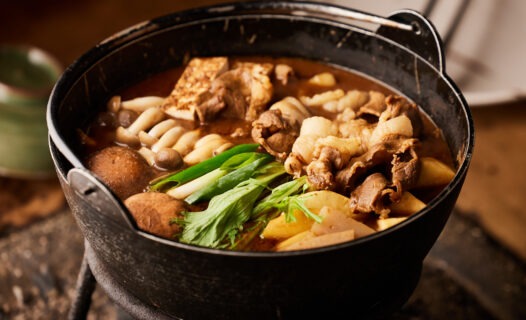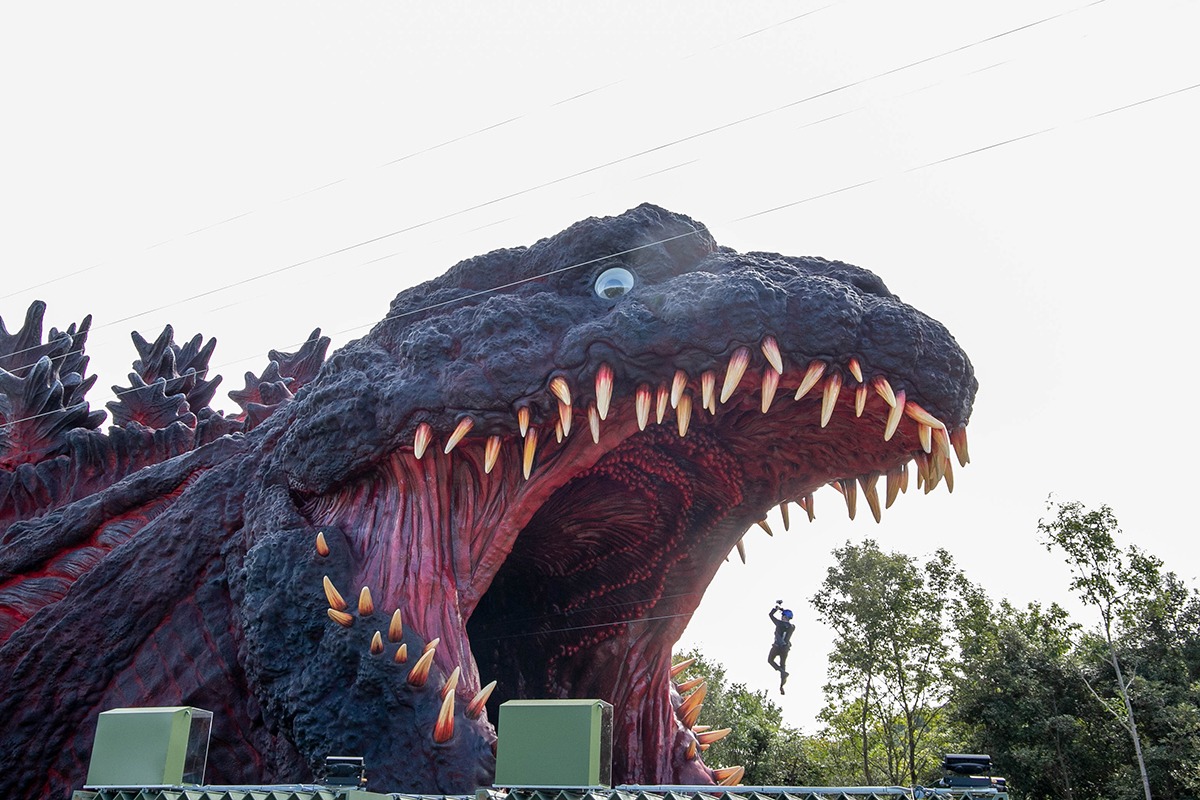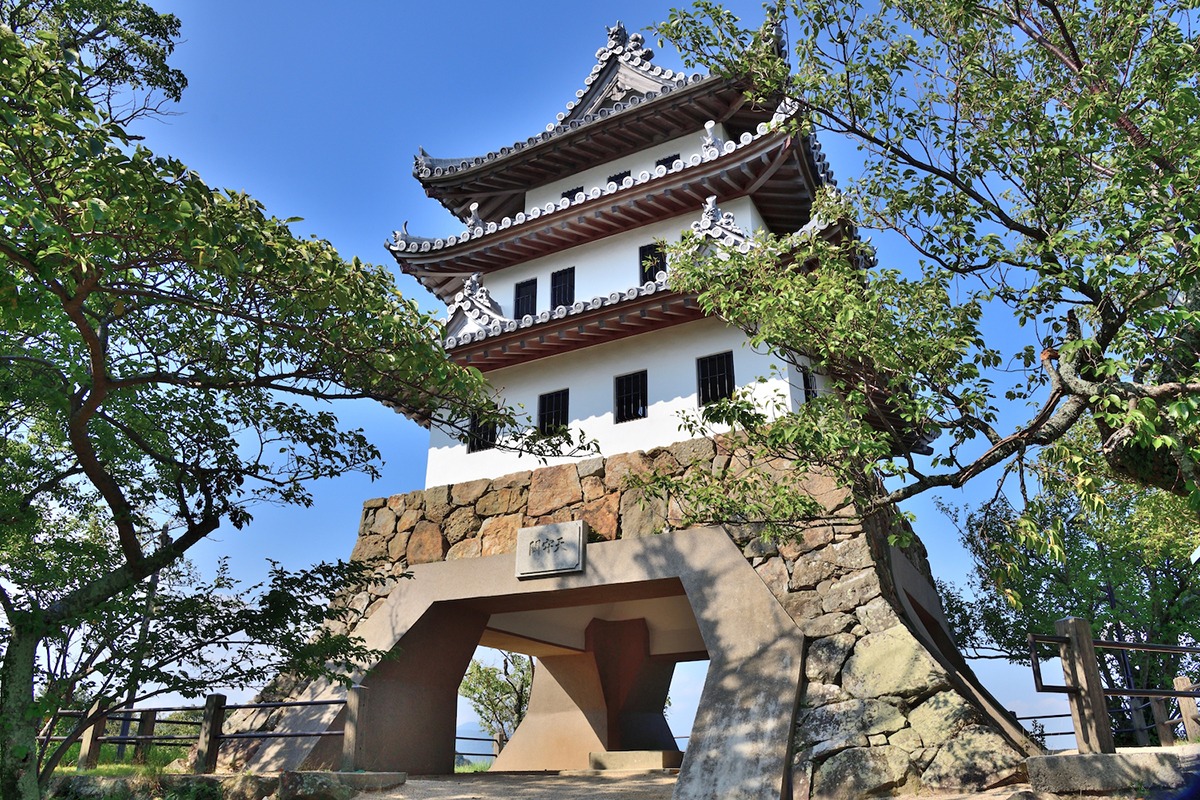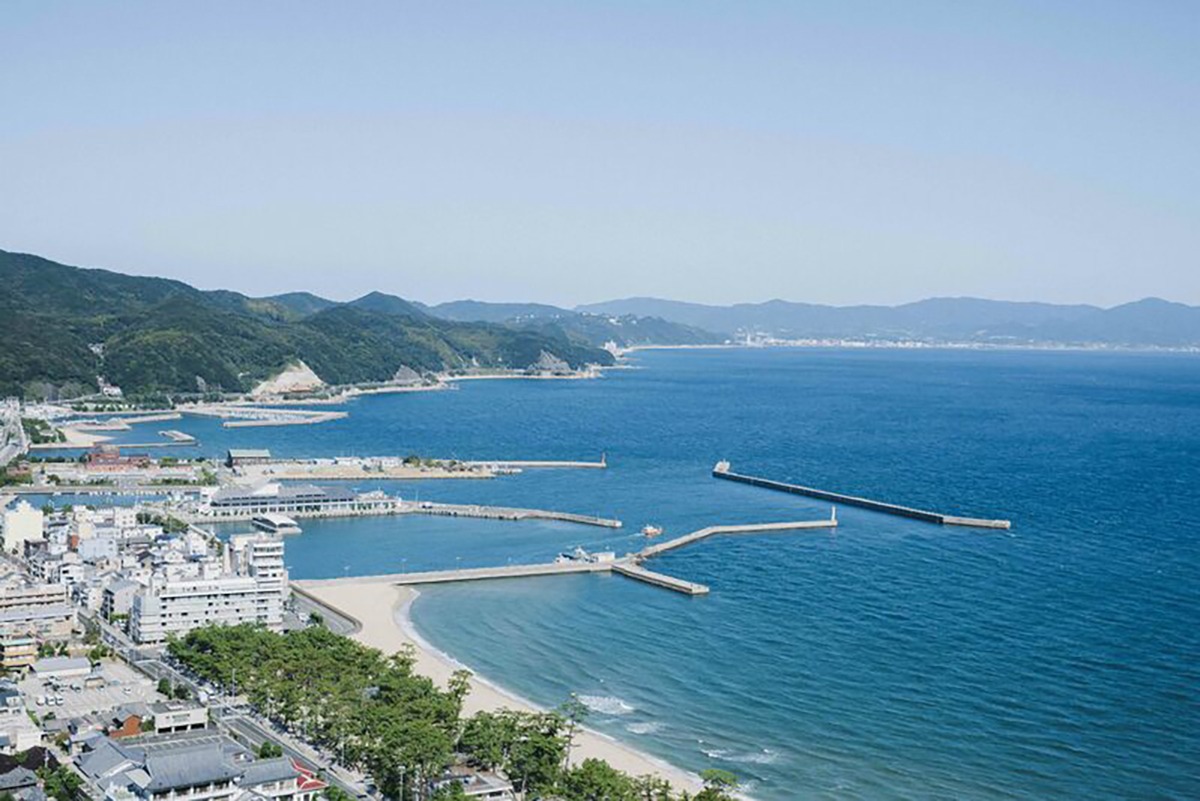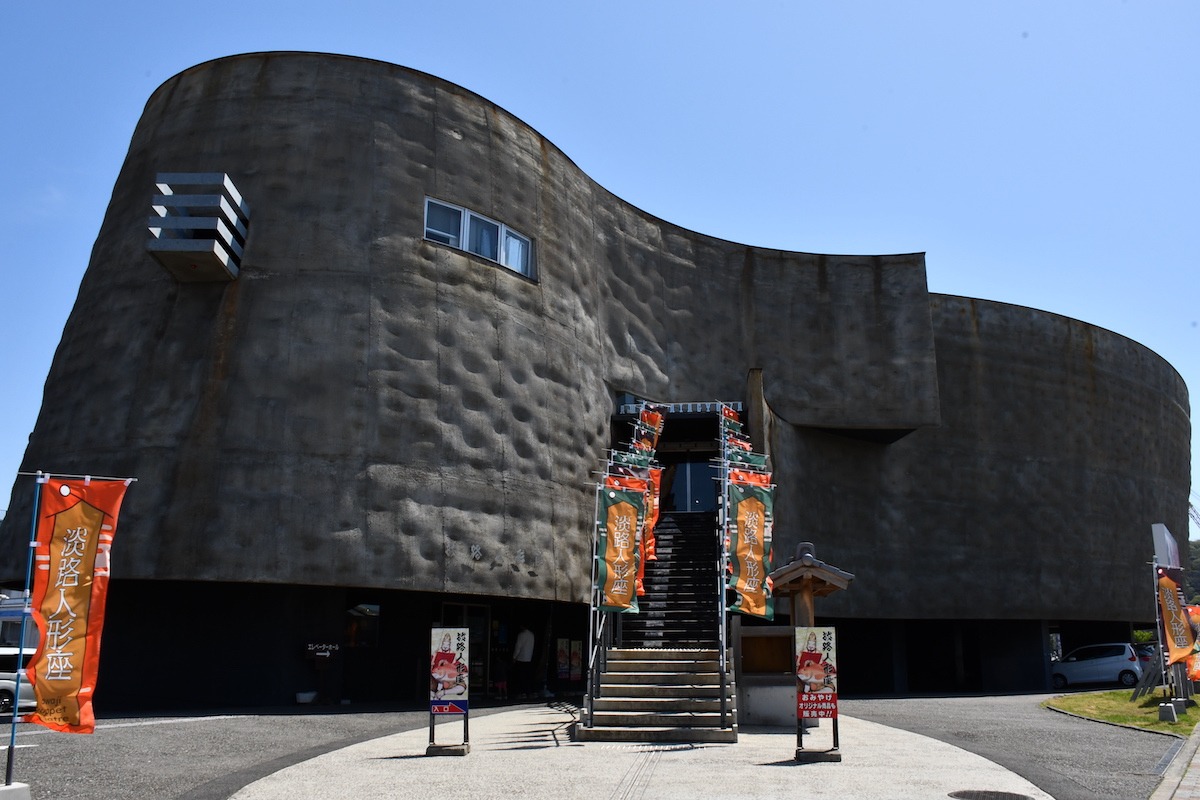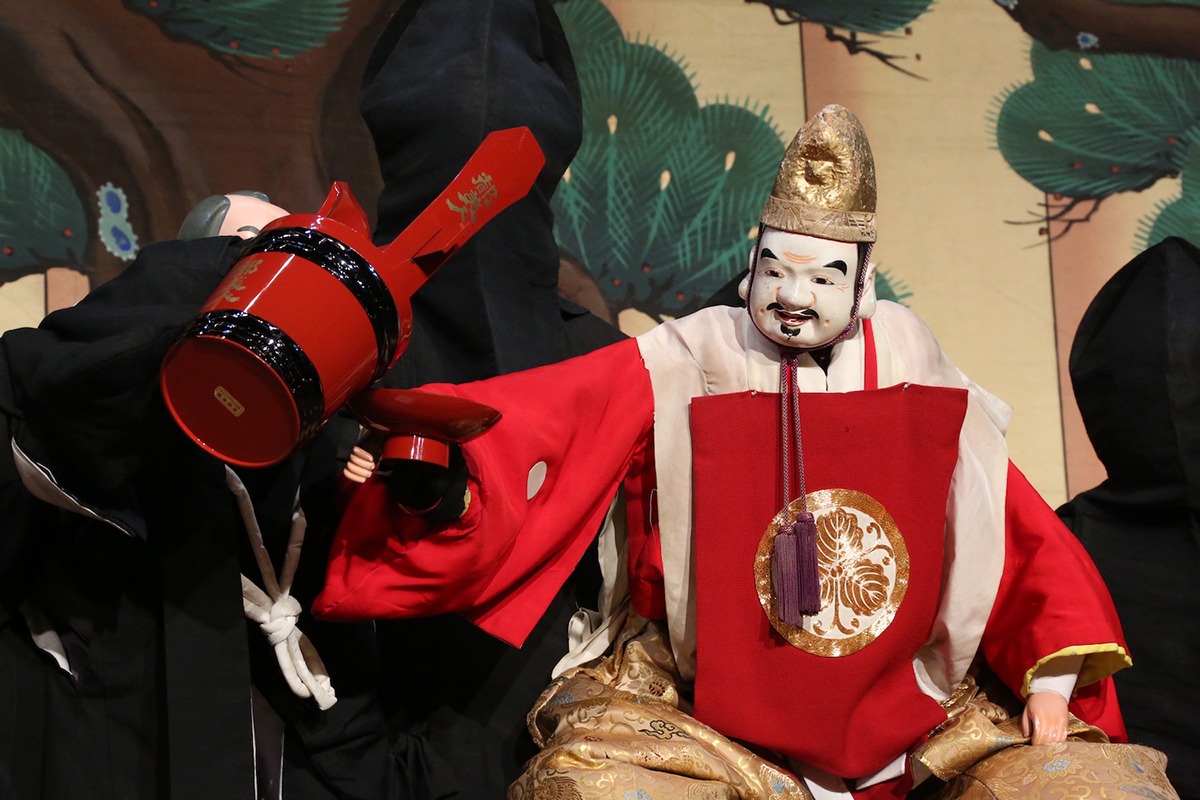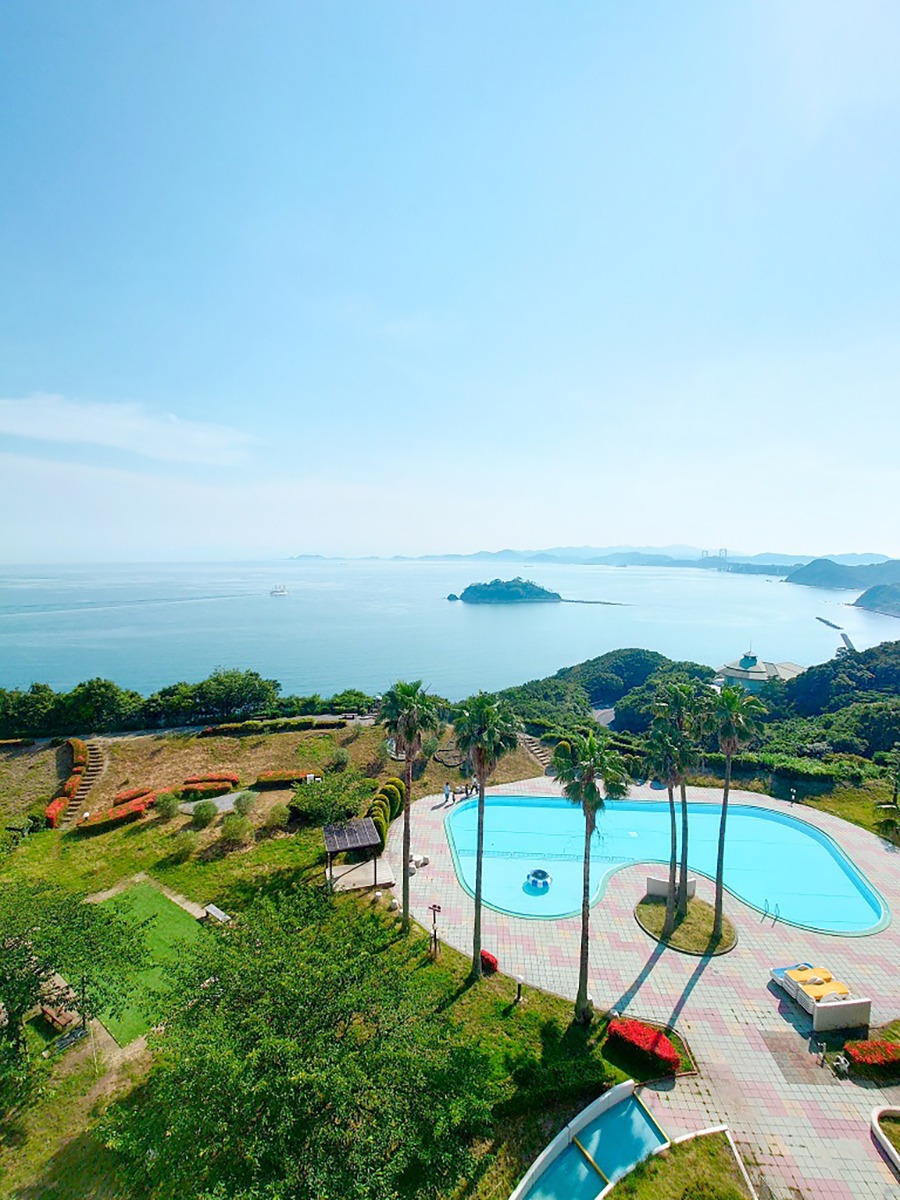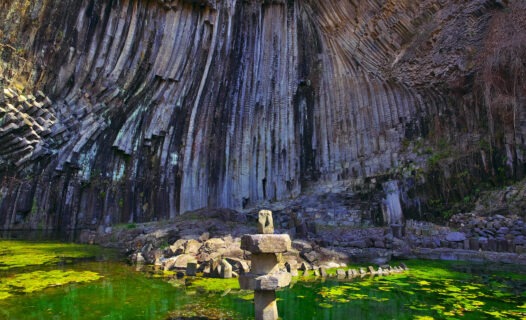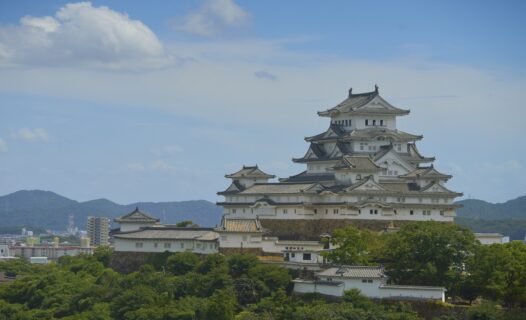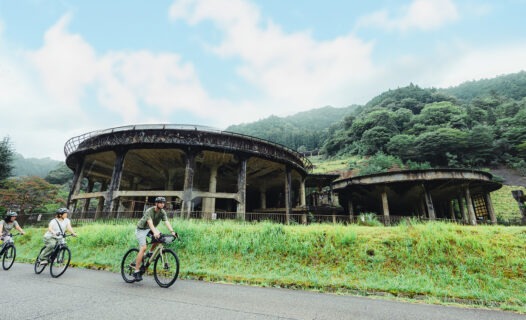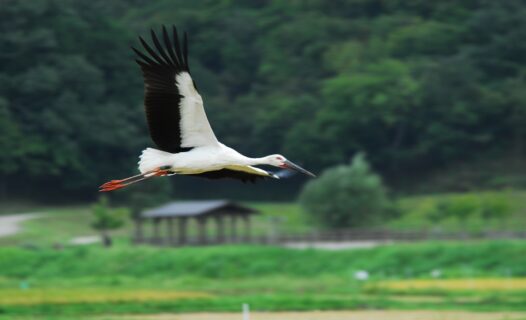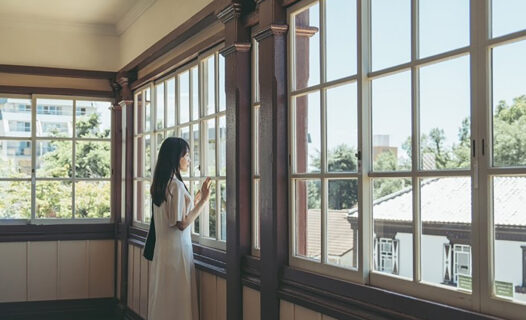Awaji Island is located in the eastern part of the Seto Inland Sea, about 1.5 hours by car from Kansai International Airport and about 1 hour from Shin-Osaka Station via the Akashi Kaikyo Bridge. Despite its small size, it’s easily accessible and dotted with numerous tourist spots, making it a popular destination among visitors in recent years. The island is perfect for a drive, as you can circle it in about four hours by car. Read on as we introduce some of the island’s must-see spots.
Cross the Strait to Awaji Island and Visit the Thrilling Nijigen no Mori
TM & © TOHO CO., LTD.After enjoying the view from the Akashi Kaikyo Bridge, cross over and exit at “Awaji IC,” where you’ll find the massive theme park Nijigen no Mori just three minutes away. This anime park immerses visitors in the world of Japan’s globally renowned two-dimensional (nijigen) content, such as Godzilla, Naruto, and Dragon Quest. At Nijigen no Mori, the latest technology is used to create attractions that make you feel like you’ve physically stepped into stories and worlds by engaging all your senses, along with activities that faithfully recreate the world of these beloved works. It’s a place where screens and pages expand into the entire forest, offering a unique “two-dimensional” experience unlike anything anywhere else.
Nijigen no Mori
Address: 2425-2 Kusumoto, Awaji, Hyogo Prefecture, Japan (within Hyogo Prefectural Awaji Island Park)
Tel.: 0799-64-7061
Hours: 10:00–22:00 (weekdays, weekends, and holidays)
Closed: Open year round
A Drive Along the West Coast: Stop at Awaji Chef’s Garden for a Taste of the Island Delicacies
Enjoy your meal in the pleasant, colorful eating area provided, or take it to go for a snack on your drive. Awaji Island was historically known as “Miketsukuni,” designated as such for having long provided a variety of ingredients to the Imperial Court. Even today, products from Awaji Island are renowned nationwide, and the area brims with culinary delights. Awaji Chef’s Garden is a popular current spot where you can savor gourmet food while enjoying breathtaking views. About a 10-minute drive south from Awaji IC along the west coast, you’ll spot colorful buildings reminiscent of a European town. Here, chefs from across the country gather to showcase their culinary skills, offering dishes made with Awaji’s finest ingredients, such as onions and local chicken. You can indulge in a wide range of cuisine, from seafood bowls and Awaji Island chicken burgers to ramen, steak rice bowls, sweets, and drinks.
Awaji Chef’s Garden
Address: 57-3 Nojimaokawa, Awaji, Hyogo Prefecture, Japan
Tel.: 080-8177-4501
Hours: 11:00–20:00 (subject to change depending on weather)
Closed: Varies by store
An Unmissable View from the Tenshu of the Sumoto Castle Ruins, Overlooking Awaji Island
The tenshu (castle keep) is not an original structure but a reconstructed keep built in 1928, making it the oldest of its kind in Japan.A sublime panoramic view of Sumoto City and Osaka Bay.Sumoto Castle, originally built in 1526 by the Atagi family, vassals of the Miyoshi clan, is a historic site known for its impressive stone walls and breathtaking views. Located at the summit of Mount Mikuma, 133 meters above sea level, the hike to the top offers the rare chance to explore the stone castle walls while enjoying the climb. Once at the summit, you’ll be rewarded with a sweeping view of Sumoto City and Osaka Bay in the distance—a spot where you can feel Awaji Island’s romantic allure to the full, all while being enveloped in a refreshing breeze.
Sumoto Castle
Address: 1272-2 Orodani, Sumoto, Hyogo Prefecture, Japan
Hours: Open 24 hours
Closed: Open year round
Unwind with a Quiet Evening at Sumoto Onsen
At the onsen, enjoy not only the fresh seafood like sea bream, conger eel, and pufferfish, but also local delicacies such as Awaji beef and onions. Sumoto Onsen, the largest hot spring resort on Awaji Island, is located in Sumoto’s downtown area, which once thrived as a castle town. Along the coastline, you’ll find a series of traditional high-end ryokan (Japanese inns) boasting open-air baths with ocean views. The onsen water is mildly alkaline, with a slight white color, and is known for its moisturizing properties, leaving the skin smooth and preventing chills after bathing.
Go Behind the Scenes of Awaji’s Ningyo Joruri (Puppet Theater)
The modern Awaji Ningyoza theatre building. Awaji Ningyo Joruri (puppet theater) puppets are operated by three puppeteers: the omo-zukai (main puppeteer), hidari-zukai (left puppeteer), and ashi-zukai (foot puppeteer). The highlight is witnessing how these three work in perfect harmony to bring the puppet to life with intricate and expressive movements.Awaji Island once had more than 40 puppet theaters from the seventeenth through the early twentieth century. Awaji Ningyoza continues this tradition by inheriting the tools and techniques of the Yoshida Denjiroza, one such historic theaters. Awaji Ningyo Joruri (puppet theatre) has over 500 years of history, over the course of which it has both preserved its essence while adapting and incorporating new elements. Step inside to fully experience the characteristic, powerful gidayu narration, the resonant sound of the shamisen, and the puppets’ resolute yet delicate movements, each contributing to the performance’s charm.
Awaji Ningyo Joruri-kan (Awaji Puppet Theater)
Address: 1528-1 Fukurako, Minami-Awaji, Hyogo Prefecture, Japan
Tel.: 0799-52-0260
Hours: 9:00–17:00
Closed: Wednesdays and other unscheduled closures (please inquire)
Get Swept Up in the Rush of a Dynamic Uzushio Cruise
Since the appearance of the whirlpools is a natural phenomenon, be sure to check the cruise schedule before you go.A must for any trip to Awaji Island is seeing the Naruto Strait, one of the world’s three major tidal currents. Tours are available where you can view these massive whirlpools up close from a boat. During the spring and autumn tides, the whirlpools can reach diameters of up to 20 meters! The best time to visit is during the fast currents of the spring or autumn tides, so be sure to check the cruise schedule beforehand.
Awaji Island Tourism Association
Tel.: 0799-22-0742
Uzushio Cruise
Tel.: 0799-52-0054
Price: 2,500 yen for adults, 1,000 yen for children
*reservations are available online only
Uzushio Dome Nanairokan
Address: Fukurako, Minami-Awaji, Hyogo Prefecture, Japan
Hours: 9:00–17:00
Please check its website for operating days and departure times
Visit Uzu no Oka Onaruto Bridge Memorial Hall: The Pinnacle of Awaji Island’s Deliciousness and Charm
The giant O-tama Onion sculpture up against an endless view of the Onaruto Bridge and Naruto Strait.Located on the southwestern tip of Awaji Island, Uzu no Oka Onaruto Bridge Memorial Hall opened in 1985, the same year the Onaruto Bridge was completed. It offers a range of unique attractions centered around onions, such as the Uzushio Science Museum, where you can enjoy digital art themed around Awaji Island’s surrounding sea, the nostalgic Onion Catcher crane game and giant O-tama Onion sculpture, and even onion wigs.
Among other unmissable gourmet dishes, including the Awaji Island Hilltop Milk Bread and Awaji Beef-Wrapped Hamburger Steak, the popular scenic restaurant Uzu no Oka offers up local delicacies amid the breathtaking views. You’ll also find exclusive, one-of-a-kind souvenirs, as well as the award-winning local burger, which took first and second place in the National Local Burger Grand Prix. The Memorial Hall is an attraction not to be missed!
Uzu no Oka Onaruto Bridge Memorial Hall
Address: 936-3 Fukurako, Minami-Awaji, Hyogo Prefecture, Japan
Tel.: 0799-52-2888
Hours: 9:00–17:00
Wind Down Your Trip with a Resort-Style Stay at the Minami-Awaji Onsenkyo
The onsen resort area near the Onaruto Bridge offers many hotels with a relaxing, resort-like atmosphere. Located at the southernmost tip of Hyogo Prefecture, Minami-Awaji Onsenkyo is an onsen resort area that encapsulates the essence of Awaji Island. It boasts six unique hot springs, each offering different health benefits such as skin beautification, relief from nerve pains, and alleviation of cold sensitivity. Take a dip in the island waters and enrich your appreciation of Awaji Island’s lasting charm.
Over the Onaruto Bridge and on to Shikoku
A seaside walkway stretches beneath the road, perfect for a break from driving and short stroll.The Onaruto Bridge spans 1,629 meters, connecting Minami-Awaji in Hyogo Prefecture with Naruto in Tokushima Prefecture. The gateway to Shikoku, Tokushima lies just ahead.
Access to Hyogo Prefecture
Hyogo Prefecture is accessible by Shinkansen (JR) from Tokyo, Osaka, and Kyoto. Travel by air to Kansai International Airport is also convenient, with limousine bus services to Osaka available from the airport.
Awaji Island, featured in this article, can be reached in about 1 hour by car from Osaka. When visiting, consider continuing your trip across the Ōnaruto Bridge and on to Shikoku.
